April 15, 2019
Priyanka Lindgren
Tags
Translation Lists
Six must-read translations of Bengali novels
The Bengal renaissance that began with Raja Ram Mohan Roy in the nineteenth century had a profound impact on modern Bengali literature. During this period of social reform and intellectual awakening, there was a push towards modernity through critical analysis of orthodox aspects of society and religion. The second half of the nineteenth century saw the rise of the Bengali novel, which drew upon both Western and local literary traditions. The Nobel Laureate Rabindranath Tagore, a key literary figure in the renaissance movement, remains the most well-known Bengali writer in India. His most popular novels include The Home and the World and Chokher Bali.
Here is a list of Bengali novels that are easily available in English translation.
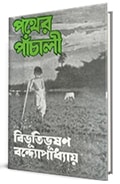 Pather Panchali by Bibhutibhushan Bandyopadhyay
Pather Panchali by Bibhutibhushan Bandyopadhyay
Translated by T.W. Clark and Tarapada Mukherji
Published in 1929, the novel first appeared serialised in a Calcutta periodical a year earlier. It tells the story of the Roys who live in rural Bengal and later move to Varanasi in search of a better life. Bandyopadhyay’s evocative narrative paints a vivid picture of rural life and the scenic beauty of the Bengali countryside and captures the loses the family faces on their journey to the city.

Shesh Prashna by Sarat Chandra Chattopadhyay
Translated as The Final Question by the Department of English, Jadavpur University
Set in the expatriate Bengali community in Agra, the novel follows the life of Kamal, a young Anglo-Indian woman who challenges the traditional position of women in society. She is independent, lives and travels alone, and enters into relationships with different men. With its focus on female sexuality and its anti-patriarchal stance, The Final Question remains as relevant today as when it was published in 1931.
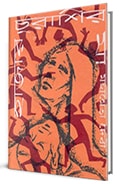
Hajar Churashir Maa by Mahasweta Devi
Translated as Mother of 1084 by Samik Bandyopadhyay
Written as a response to the Naxalite movement in West Bengal, the novel deals with the pain and frustrations of Sujata whose Naxalite revolutionary son has been killed by the police. With her son’s identity reduced to that of corpse no. 1084, Sujata struggles to make sense of her son’s choices and her position in society. Set across the course of a single day, the narrative interweaves the past and the present to explore Sujata’s complex relationship with her son and society and her journey towards acceptance.

Tithidore by Buddhadeva Bose
Translated as When the Time is Right by Arunava Sinha
Situated in Calcutta during the first half of the twentieth century against the backdrop of the Indian independence movement and the threat of war, the novel revolves around Swati, the youngest daughter in the Mitra family. Swati rejects her brother’s colleague offer to marry her and instead finds herself attracted to Satyen, a professor at her college. They share a love for literature and communicate mainly through letters. The lyrical, slow-paced narrative, with its focus on domestic life during a period of political upheaval, provides for an immersive reading experience.
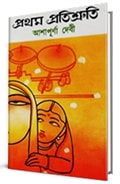
Pratham Pratisruti by Ashnapurna Debi
Translated as The First Promise by Indira Chowdhury
Set across the late eighteenth and early twentieth century in Bengal, the novel follows the dreams and struggles of four generations of women. Through The First Promise, Debi explores the impact of colonialism on caste practices, the move from the village to the city and the subsequent change in family structure, women’s rights issues, and social and educational reforms.
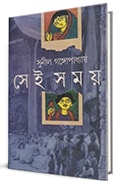
Sei Samay by Sunil Gangopadhyay
Translated as Those Days by Aruna Chakravorty
The novel blends history and fiction to create a vivid picture of the elite in nineteenth-century Bengal. Set against the backdrop of the Bengal renaissance and the Revolt of 1857, it tells the story of the wealthy Mukherjee and Singha families in a rapidly changing society in Calcutta. Several historical figures, from Ishwar Chandra Vidyasagar, the reformer and writer to Michael Madhusudan Dutt, the poet populate the narrative, which adds to the social realist elements of the novel.
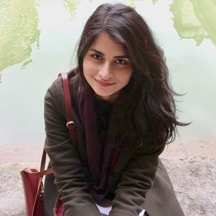
About the blogger
Priyanka Lindgren has a background in linguistics and refugee studies. She is passionate about world literature, in particular, 20th-century South Asian literature in translation. She is the Culture Editor at The Lead, part of the International Women’s Initiative. She blogs about books and South Asian identity at thesouthasianreader.wordpress.com.